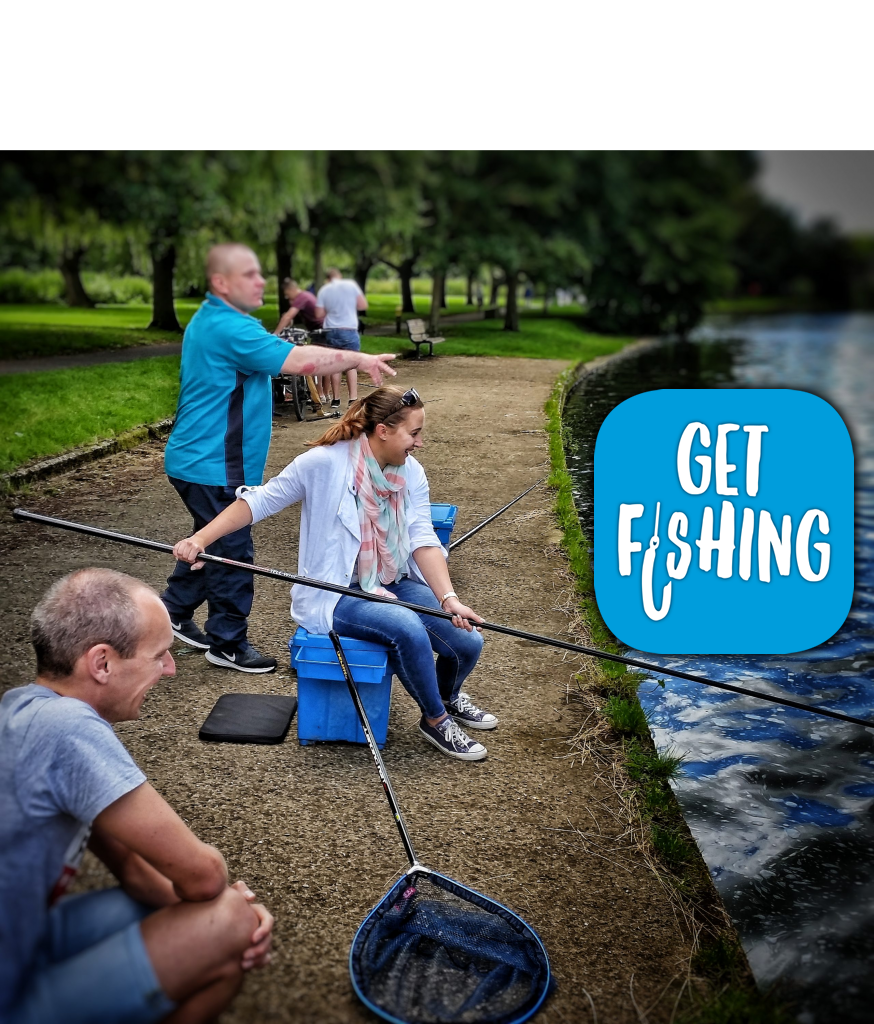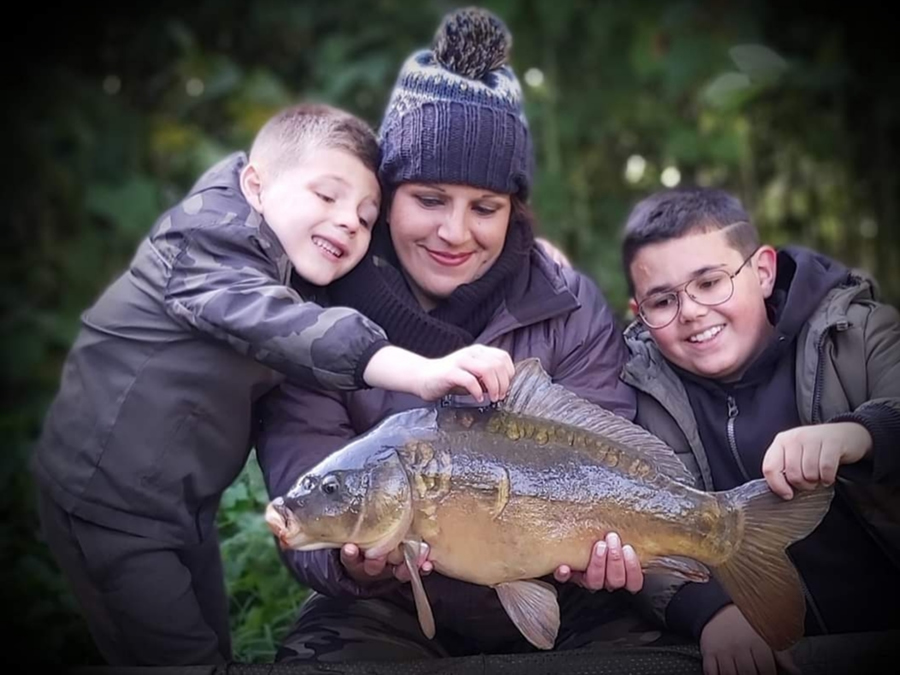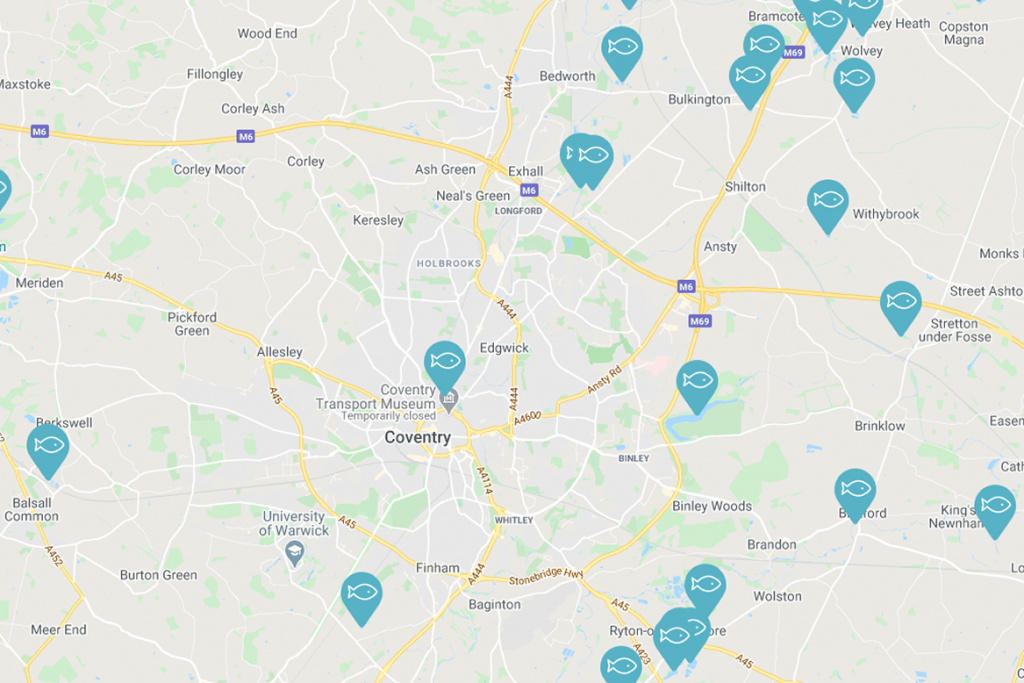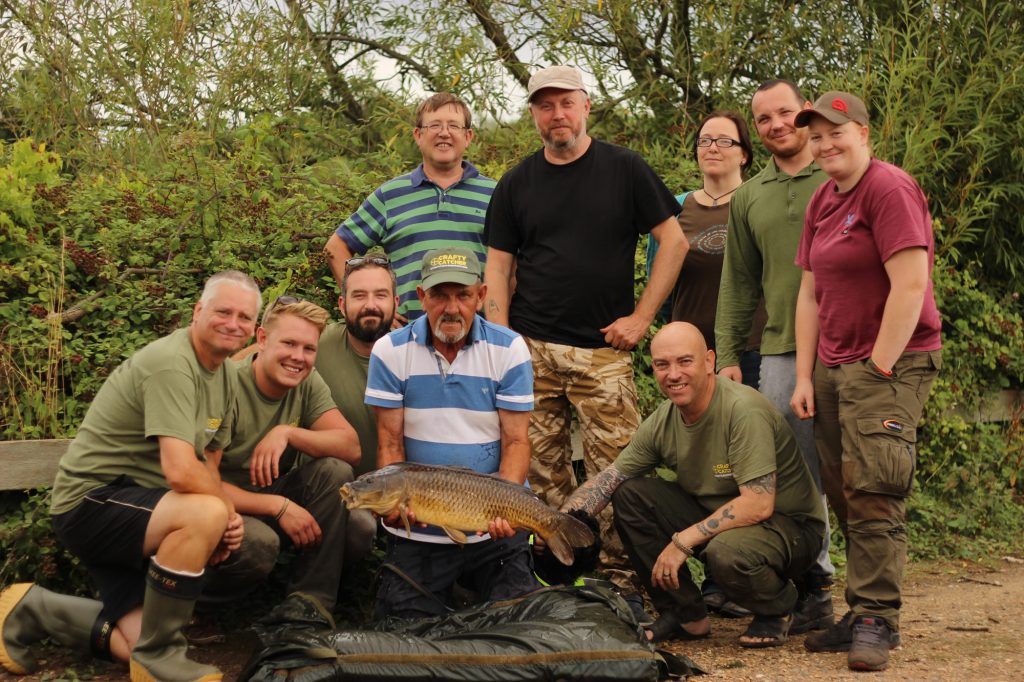
Fighting Hydropower
Hydropower is coming to a river near you. Be prepared to take action to defend your river and its fish. The Angling Trust is objecting to as many schemes as it can, but we need your support to help register your concerns about the promotion and encouragement of low head hydropower. We care passionately about climate change, but low-head hydropower will make a negligible contribution to reducing carbon dioxide emissions and will damage river systems for everyone, not just anglers!
The Environment Agency is working with the hydropower industry and has identified no fewer than 26,000 sites which it considers are suitable for development. These are often re-developments of old mill sites, or are turbines situated on, or next to, an existing weir. Read our latest press release on this subject here.
Despite claims to the contrary, these turbines can seriously damage your fishery and affect your angling. They can deplete stretches of river of water, they can damage and kill fish, and they can stop fish moving up and downstream. Salmon, sea trout, eels, barbel, carp, chub, dace, roach, perch, bream and pike all move up and down rivers in order to feed, breed and repopulate reaches damaged by pollution or excessive predation. The turbines don’t have to be on your length of river to damage your fishery, those upstream and downstream of your reach can affect you just as much. Several schemes on a river will multiply the damaging effect.
It is important to remember that this type of low head hydropower will make virtually no difference to the country’s carbon dioxide emissions, but it will make your river less adaptable to climate change and put your fish populations at risk. Do not be put off from taking action by being accused of not being “green”. Just being renewable does not make hydropower environmentally benign – if it damages your river then hydropower is not green.
Make your voice heard and express your concerns and object to as many schemes as you can. It’s easy to do if you follow this Angling Trust guide:
- Find out who your catchment fishery officer is at the Environment Agency and ask him or her to tell you of possible schemes before they go too far so you can register your objection early in the process.
- The developer has to apply to the Agency for an abstraction licence and/or an impounding licence before schemes can be approved. This licence application has to be advertised on the Agency website for 28 days, and you must object within that period. So keep an eye on the list of applications here (this will open in a new window, so you can keep this guide open).
- You will see a list of sites. Most have the name of the river in the title, but some don’t; in which case you’ll have to click on the scheme name to see more details.
- If the scheme is on your river and you want to know more, the site advises that you can view the details at the local Environment Agency office. Unless you have time to spare, ask for an electronic copy of the scheme specifications and environmental information by email, either by clicking on the envelope next to “Permitting Support Centre” or direct to PSC-WaterResources@environment-agency.gov.uk. Quote the reference number (which begins NPS/WR/ ) and the applicant’s name. If they try and fob you off, insist that they send you the information.
- The information you get back varies from non-existent to quite complex. If it is non-existent, object to the proposed development on the grounds of insufficient information. If it is complex you might want to discuss it with your Agency catchment officer, or e-mail it to the Angling Trust. If you have any doubts, object!
- Download the EA Guidance to Objecting: “Making Your Views Count”, which is also on the page above. Note that it fails to mention the Environment Agency’s statutory duty to protect and enhance fisheries!
- Objecting is easy – use the same email address as before, quote the reference and applicant and your reasons for objecting. Some of the grounds for objection are:
- the likely environmental effects of the proposal and its impact on designated sites and habitats;
- the likely effect of the proposal on the protected water rights of existing licence holders and other lawful water users;
- the reasonable requirements of the applicant for water and its efficient use. The EA is not entitled to make a value judgement about the purpose for which the water is to be used;
- the proposal’s consistency with the Environment Agency’s strategy for water resources and the relevant Catchment Abstraction Management Strategy (CAMS);
- the effect of the proposal on the social and economic well-being of local communities in rural areas;
- the sustainability of the proposal and any effects on biodiversity;
- the relative costs and benefits of the proposal.
8. Schemes will usually also need planning permission, so watch the local papers for planning applications to the local council. Hydropower schemes are a mystery to most planning officers and they tend to listen to the developer’s claims that hydropower is making an important contribution to offsetting climate change (they are not!). Most councils have renewable energy targets and will grasp any straw. Make sure your planning officers know the truth.
9. If your river is in a National Park, most NP Authorities are conducting, or have completed, feasibility studies of hydropower. Talk to them and voice your concerns – they do not seem as concerned about the river, its fish and habitat as they are about the wildlife above the water.
This campaign is no longer active and was archived in June 2020.








